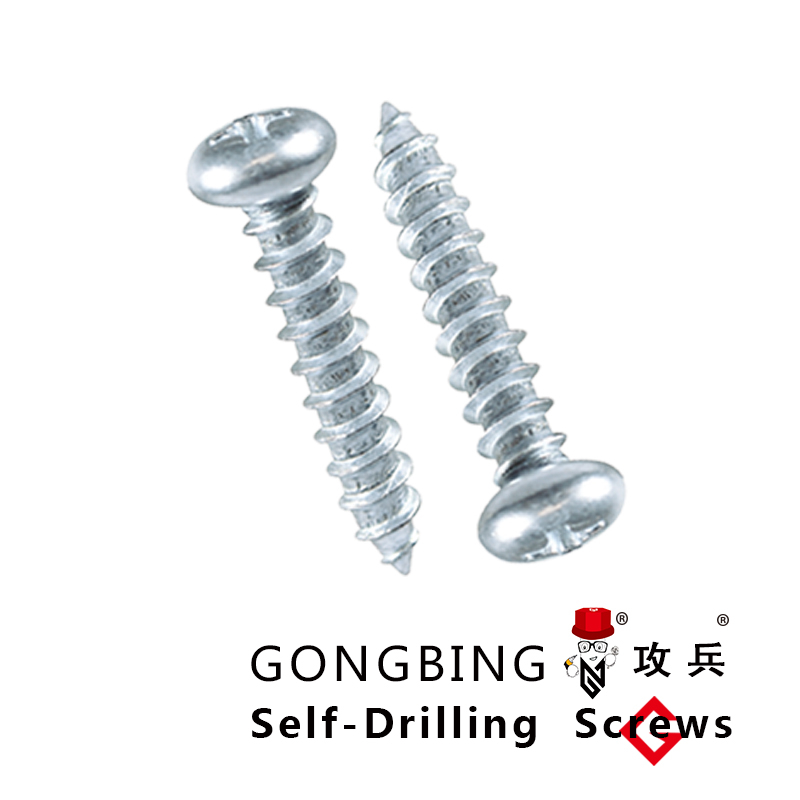Exploring the Role and Importance of Foundation Bolts in Structural Engineering
Understanding the Importance of Foundation Bolts in Construction
Foundation bolts are a critical component in the construction industry, serving as the unsung heroes that hold structures firmly in place. While they may seem like a minor detail in the grand scheme of construction, their role is paramount in ensuring the stability and safety of buildings, bridges, and other infrastructures. This article will delve into the significance of foundation bolts, their types, applications, and best practices for installation.
What Are Foundation Bolts?
Foundation bolts, also known as anchor bolts, are long metal rods that are cast into concrete foundations or embedded into the ground. Their primary purpose is to secure structural elements, such as columns and walls, to the foundation, thereby preventing any movement that could result from wind, seismic activity, or other external forces. Depending on the design and intended use, foundation bolts can come in different shapes, lengths, and materials, including carbon steel and stainless steel.
Types of Foundation Bolts
There are several types of foundation bolts, each designed for specific applications
1. L-Shaped Bolts These are commonly used in instances where a concrete structure needs to be anchored at a right angle. The L shape provides additional stability and support.
2. Straight Bolts These feature a consistent shape throughout and are generally used in applications where more straightforward anchoring is required, often suitable for smaller structures.
3. Hook Bolts As the name suggests, hook bolts have a hook at one end, allowing for versatile anchoring capabilities, especially in applications where adjustments might be necessary after installation.
4. J-Bolts Shaped like the letter J, these bolts are often used in foundations where a strong, low-profile anchoring solution is required.
Applications of Foundation Bolts
l foundation bolt

Foundation bolts are used in a wide array of applications, from residential buildings to large industrial structures. They are particularly crucial in seismic zones, where buildings must withstand significant lateral forces. In these situations, foundation bolts help to keep the structural elements securely anchored, minimizing the risk of collapse during an earthquake.
In addition to seismic applications, foundation bolts are also essential in supporting heavy machinery, such as turbines and generators, ensuring that these heavyweight structures remain stable and secure during operation. Furthermore, they are extensively used in bridge construction, where maintaining the stability of the structure is vital to both safety and longevity.
Best Practices for Installation
To ensure that foundation bolts are effective, proper installation practices must be observed. Here are some key guidelines
1. Correct Sizing It is crucial to select the right size and grade of the foundation bolt based on the load requirements and environmental conditions.
2. Proper Placement Foundation bolts should be placed in the design position as indicated by architectural and engineering plans. Any deviation can lead to structural weaknesses.
3. Thorough Embedding Properly embedding foundation bolts into the concrete is essential. This requires ensuring that the bolts are adequately cast into the foundation or securely anchored as per specifications.
4. Regular Inspection Routine inspections should be carried out to check for corrosion or any signs of wear over time. This is especially important in harsh environments.
5. Adherence to Codes It is essential to comply with local building codes and regulations, which provide guidelines for the design and installation of foundation bolts.
Conclusion
In conclusion, foundation bolts may appear to be a negligible aspect of construction, but their contribution to overall structural integrity cannot be overstated. By anchoring buildings and infrastructures securely to their foundations, they help to mitigate risks associated with environmental forces and enhance safety. As we continue to develop and construct more advanced infrastructures, understanding and implementing effective foundation bolt usage will remain imperative. Proper selection, placement, and maintenance of these essential components will ensure that our structures stand the test of time – a foundation of safety and stability for generations to come.
-
Weatherproof Plastic Expansion Anchors for OutdoorNewsJun.06,2025
-
Sustainability in the Supply Chain: Eco-Friendly TEK Screws ProductionNewsJun.06,2025
-
Load-Bearing Capacity of External Insulation FixingsNewsJun.06,2025
-
Double Head Bolts: Enhancing Efficiency in Industrial MachineryNewsJun.06,2025
-
Corrosion Resistance in Chipboard Screws: Coatings for Wholesale DurabilityNewsJun.06,2025
-
Butterfly Toggle Bolts : Enhancing Structural ResilienceNewsJun.06,2025
